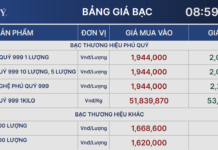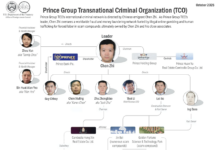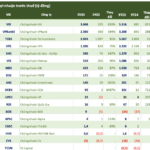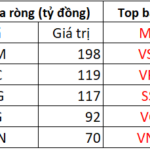
Lang Co Beach, one of the many beautiful destinations in Thua Thien Hue Province. [Caption translated, please check]
On August 30, the Prime Minister issued Decision No. 924/QD-TTg recognizing Thua Thien Hue Province as meeting the criteria to become a municipality under the central government’s authority, according to the Bao Thua Thien Hue newspaper.
This decision is based on an evaluation of the entire current administrative area of Thua Thien Hue Province, spanning 4,947.11 square kilometers.
The proposed inner city area, spanning 266.46 square kilometers, comprises the current city of Hue and is planned to be divided into two districts under the direct control of the future municipality.

Thua Thien Hue aims to develop a smart and cultural tourism city with KOICA’s support. [Caption translated, please check]
The decision also emphasizes the responsibility of the Thua Thien Hue People’s Committee in ensuring the accuracy and legality of the proposal, as well as its alignment with the approved urban planning for Thua Thien Hue Province until 2045, with a vision towards 2065, and all relevant laws and regulations. They are also tasked with investing in and improving any standards that have not been met or are lacking, especially in the areas planned for new wards.
Additionally, the People’s Committee is responsible for ensuring the accuracy of information, data, and assessments related to urban classification standards and the level of infrastructure development in the proposed wards and districts.
Thua Thien Hue: A Municipality by 2025
According to the approved Master Plan 108/QD-TTg and the provincial development program (Decision No. 1372/QD-UBND dated May 28, 2024), Thua Thien Hue is set to become a municipality under the central government’s authority by 2025, comprising nine administrative units: two districts, three towns, and four rural districts.
In addition to the towns of Phong Dien, Huong Thuy, and Huong Tra, the planned district of Thuan Hoa in the south will cover an area of 139.41 square kilometers with a population of 297,507, while the district of Phu Xuan in the north will span 127.05 square kilometers and have a population of 203,142…
As shared by Provincial Party Committee Secretary Le Truong Luu, Thua Thien Hue has closely followed the Central Government’s guidelines and, together with the determination and efforts of the entire political system, the business community, and local people, has made great strides.

The Provincial Party Committee Secretary of Thua Thien Hue, Le Truong Luu, speaks at a conference. [Caption translated, please check]
The province has gradually overcome difficulties and focused on implementing comprehensive, drastic, and effective solutions to promote socio-economic development and upgrade its urban infrastructure, added Secretary Luu.
Thua Thien Hue has also proactively established and approved an urban development program and completed 100% of the planning subdivisions for the areas planned for new districts and wards, as well as the centers of Huong Tra, Huong Thuy, and Phong Dien towns.
Furthermore, the province has mobilized resources to invest in and upgrade urban infrastructure to meet the standards of a first-tier municipality under the central government.
Central Vietnam to Host Two Central Cities
Recently, the Prime Minister issued Decision No. 891/QD-TTg approving the Master Plan for Urban and Rural Development for the period 2021-2030, with a vision towards 2050.
The plan identifies five municipalities under the central government’s authority: Hanoi, Ho Chi Minh City (expected to become a special city by 2030), Hai Phong, Can Tho, and Da Nang (expected to become a first-tier city by 2030).
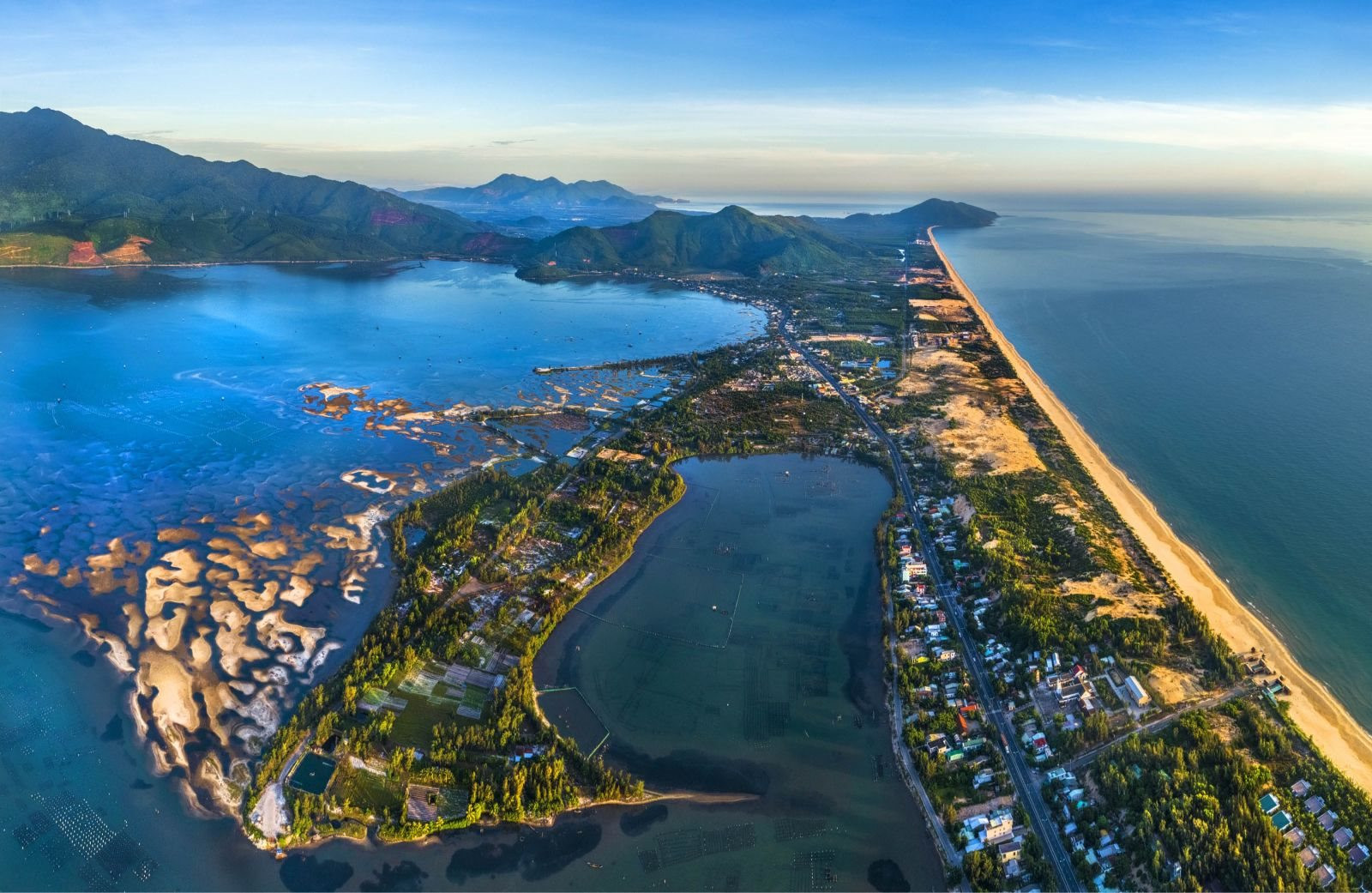
Thua Thien Hue is set to become a central municipality by 2025, the earliest among the eight provinces with the same orientation.
Eight provinces are oriented to become municipalities under the central government’s authority, including Thua Thien Hue, Khanh Hoa, Bac Ninh, Ba Ria – Vung Tau, Quang Ninh, Ninh Binh, Hai Duong, and Binh Duong (expected to become a first-tier city by 2030). By 2030, Vietnam will have 13 municipalities under the central government’s authority.
Among these, Thua Thien Hue will be the first to attain this status by 2025. With Thua Thien Hue becoming a central municipality, Central Vietnam will host two neighboring central cities: Da Nang and Thua Thien Hue.
The Cash Flow Conundrum: Unraveling the Financial Strategies Behind Vietnam’s First Oil Refinery Project
For this project, the company can enhance the quality of its products and diversify its sources of input. This initiative allows the business to elevate its standards and showcase its ability to innovate and adapt, ensuring it remains competitive and appealing to a wider audience.

